
25 facts you may not know about the organs in your body
25 facts you may not know about the organs in your body
Although humans have lived with the same bodies for millennia, we are still exploring and uncovering new parts, processes, and functions every year.
Researchers continue to discover new organs; for example, scientists may have identified a previously unknown set of salivary glands in 2020, though more research is needed to determine whether the glands constitute an organ. What's more, procedures to repair organs are also evolving rapidly. Within the last few years, scientists have successfully grown miniature versions of fallopian tubes and even brains in labs. In December 2024, researchers at Cedars-Sinai and the University of California, San Francisco, have taken the first steps toward growing a heart from scratch.
There are 79 organs in the human body, spanning the muscular, nervous, endocrine, skeletal, cardiovascular, lymphatic, respiratory, digestive, urinary, and reproductive systems.
But not all organs are created equal. Of these, five are considered vital: the brain, heart, kidneys, liver, and lungs. While these heavy hitters keep us alive and functioning, there are plenty of organs we can live without. The appendix, spleen, reproductive organs, and colon are just a few of the many organs that, while helpful to our bodily processes, aren't necessary for survival.
Stacker compiled a list of facts on 25 major organs in your body. Read on to see what you know about human anatomy.

Your liver performs 500 vital functions.
The liver processes all the blood that travels out of the stomach and intestines. During this process, the organ excretes bile, regulates chemical levels, creates nutrients, and metabolizes drugs. These are just some of the more than 500 vital functions the liver performs, which also include preventing blood from clotting and producing cholesterol.

It can take up to five hours for the small intestine to complete all of its digestive tasks.
The small intestine is the longest piece of the gastrointestinal tract that food travels through on its way out of the body and it's food's first stop immediately after leaving the stomach; most of the digestion process takes place here. It can take up to five hours for the small intestine to complete all of its digestive tasks, which include breaking food down, absorbing its nutrients, extracting water, and then passing food along to the large intestine.

The appendix is often called useless, but it may be important for immunity.
Also part of the gastrointestinal tract, the appendix is located in the lower abdomen and attached to the large intestine. However, it hasn't been observed to play any role in aiding digestion. It is thought that the appendix may promote immune system health by producing immunoglobulin A. Many people get this finger-shaped organ removed after experiencing inflammation, which hasn't been observed to have any negative side effects on the body.
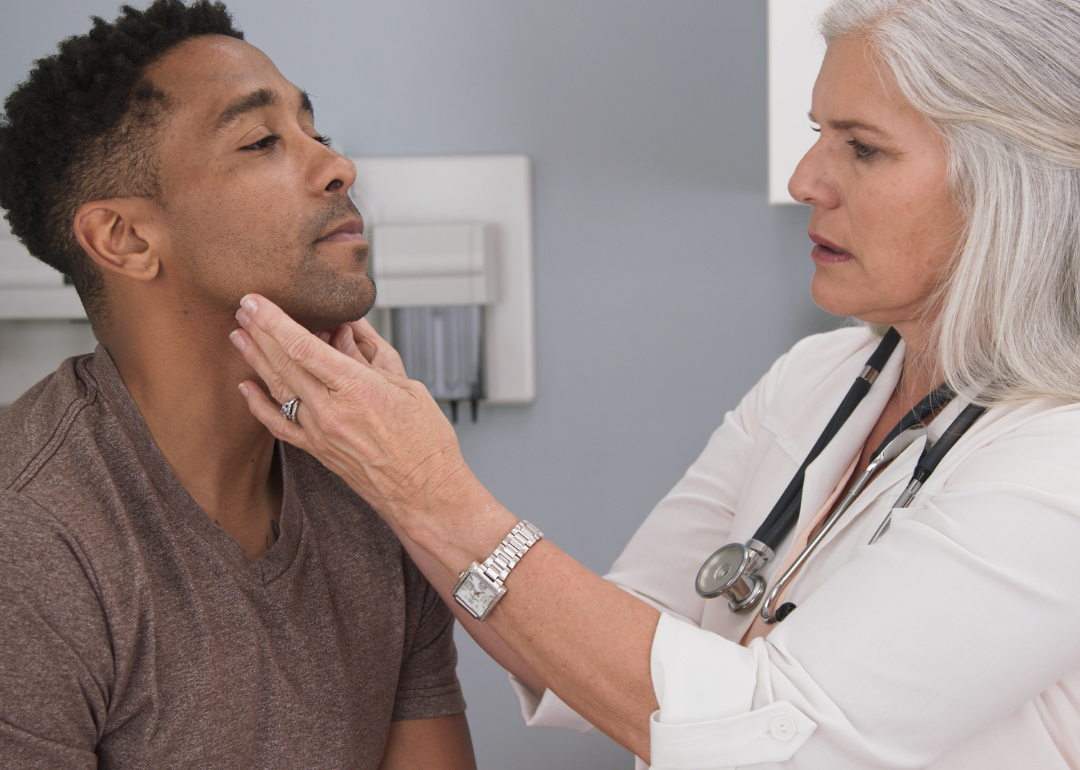
Your immune system contains hundreds of lymph nodes.
Lymph nodes are small and shaped like a bean—and your immune system contains hundreds of them. The primary function of lymph nodes is to filter out lymphatic fluid, as well as to deploy white blood cells as part of the body's defense against infection. Lymph nodes are found grouped together in the neck, armpits, chest, abdomen, and groin.
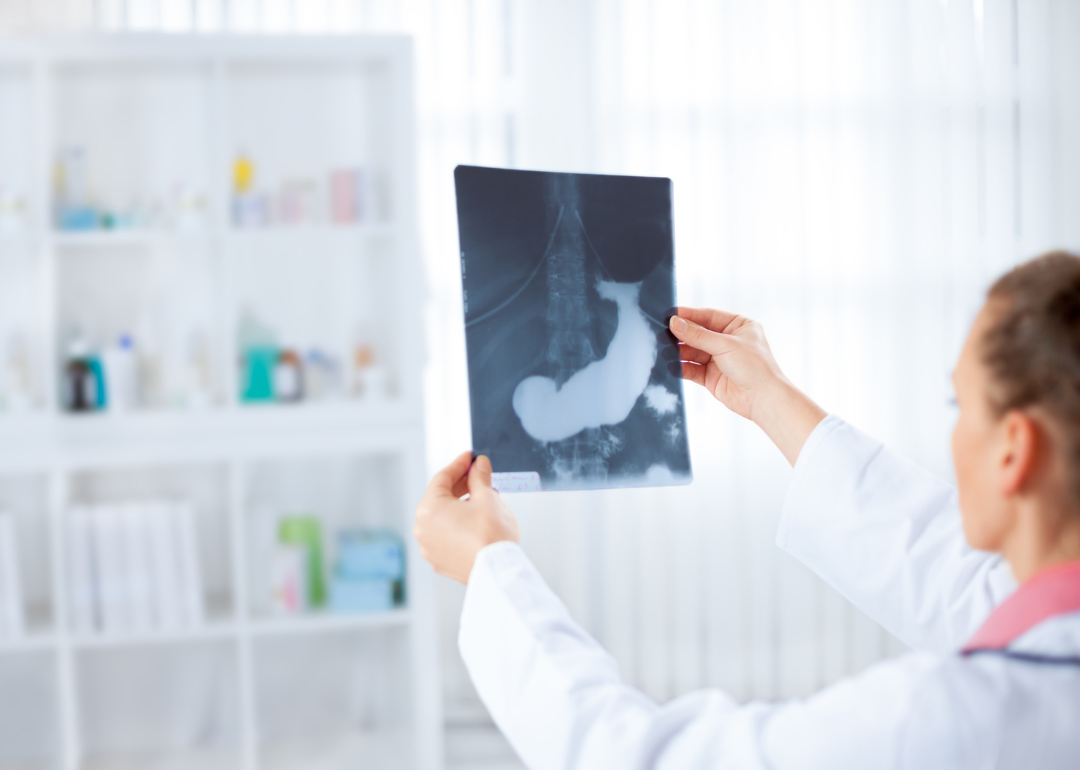
It's technically possible to live without your pancreas.
Part of the digestive system, the pancreas is located in the back of the abdomen. It is a gland—that is, an organ that produces a substance. The two main functions of the pancreas are to produce enzymes that promote digestion and to release hormones that regulate sugar levels in the blood. Although it is technically possible to live without your pancreas, this would require taking enzyme supplements and insulin shots to regulate blood sugar in an alternative way.
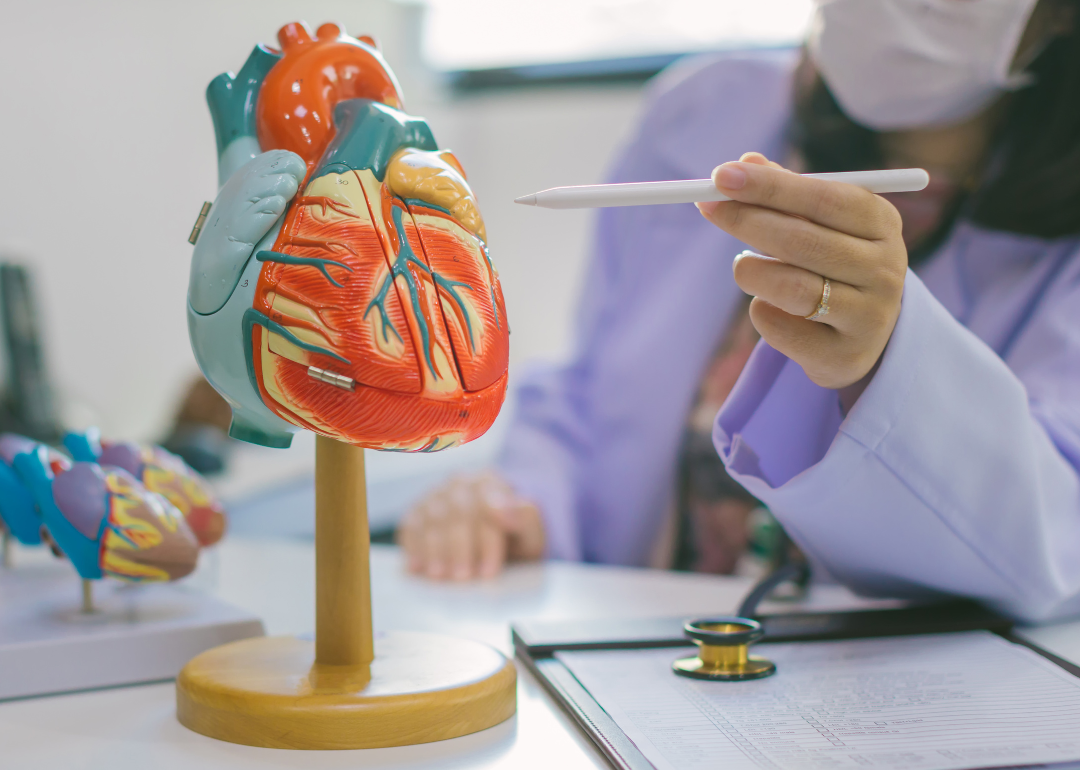
Your heart is about the size of two clenched fists.
The heart is the primary organ of the circulatory system. It contains four main chambers and is about the size of one clenched fist for a child and two for an adult. The heart is controlled by electrical impulses sent by the brain and nervous system. Though its primary role is to pump blood throughout the body via valves and blood vessels, it also regulates blood pressure and heart rate.

The bronchi direct air to your left or right lung.
We each have two of these organs, which are part of the respiratory system and sit inside the chest and connect to your lungs. Once air is breathed in, it moves through the bronchi, which direct it to either the left or right lung. Besides carrying air to the lungs, the bronchi (singular: bronchus) also moisturize the air and clear it of mucus and particles each time you cough or swallow.
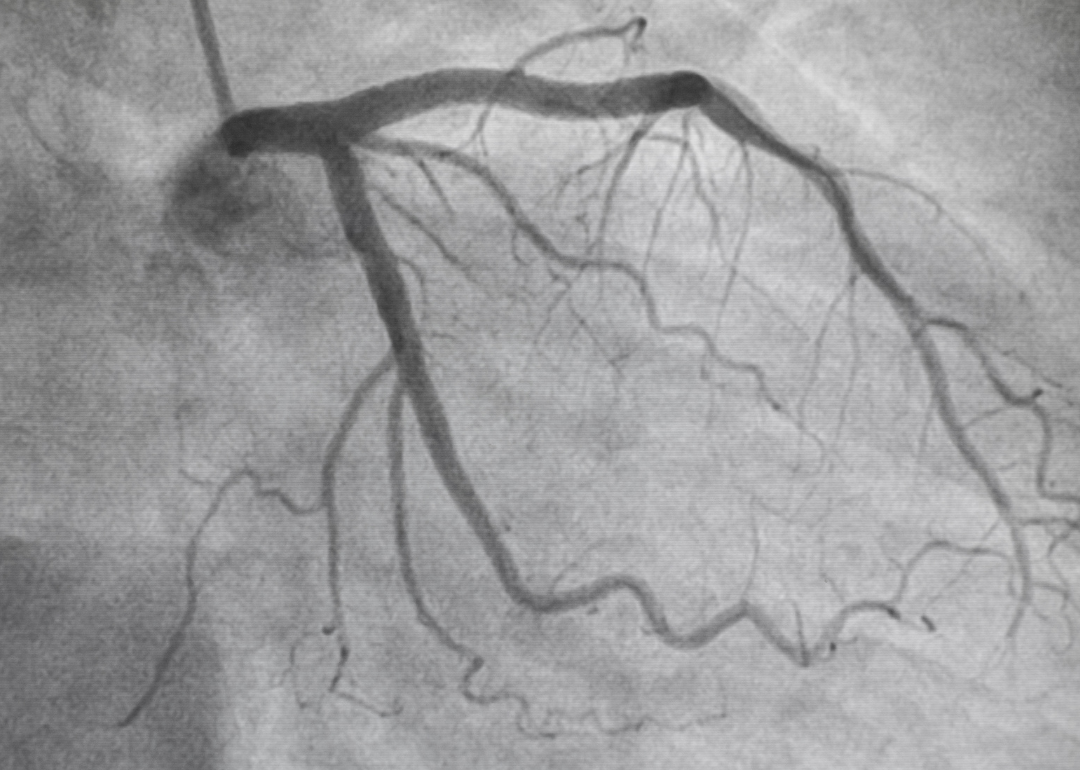
There are two main types of arteries in your body.
Part of the cardiovascular system, the arteries exist in many varieties throughout the body, serving everything from the brain to the legs to the spine, and much more. They transport blood from the heart to every other part of the body, thus distributing oxygen, nutrients, and hormones that keep the cells healthy and working. Elastic arteries act as receptacles, blood's first stop once it leaves the heart; muscular arteries then take this blood and spread it around the body's systems.
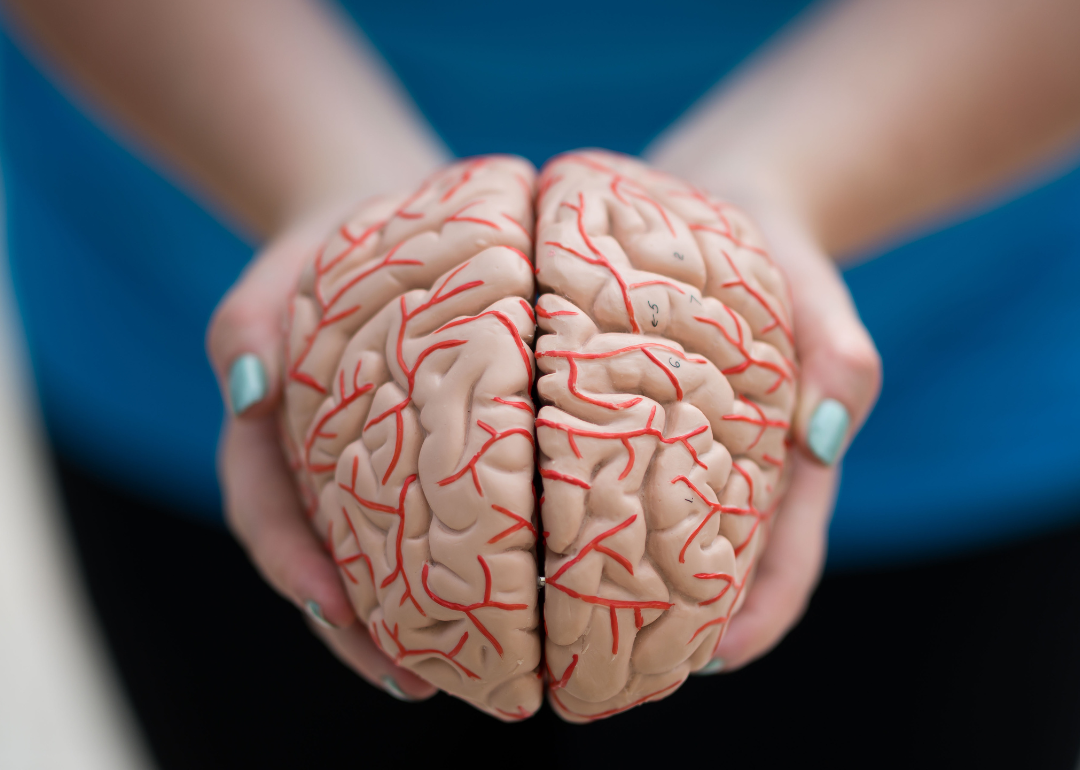
The brain weighs about three pounds.
The brain makes up one-half of the central nervous system. It weighs about three pounds for adults and is made up of fat, water, proteins, carbohydrates, and salts. Through receiving and sending chemical and electrical signals, the brain controls everything from pain to memory to fatigue to speech. It has four main parts: the frontal lobe dictates smell, decision-making, personality, speech, and movement; the parietal lobe controls spatial understanding, pain, touch, understanding speech, and identifying objects; the occipital lobe creates vision; and finally, the temporal lobe is involved in short-term memory and musical rhythm.

The thyroid affects every system in your body.
The butterfly-shaped thyroid gland is located at the front of the neck and is part of the endocrine system. By making and distributing certain hormones throughout the body, the thyroid gland affects every system in the body. The thyroid's main function is to control your metabolic rate, which is the speed at which your body turns food into energy. It also affects your heart rate, breathing, body temperature, digestion, fertility, and mental health, among many other functions.
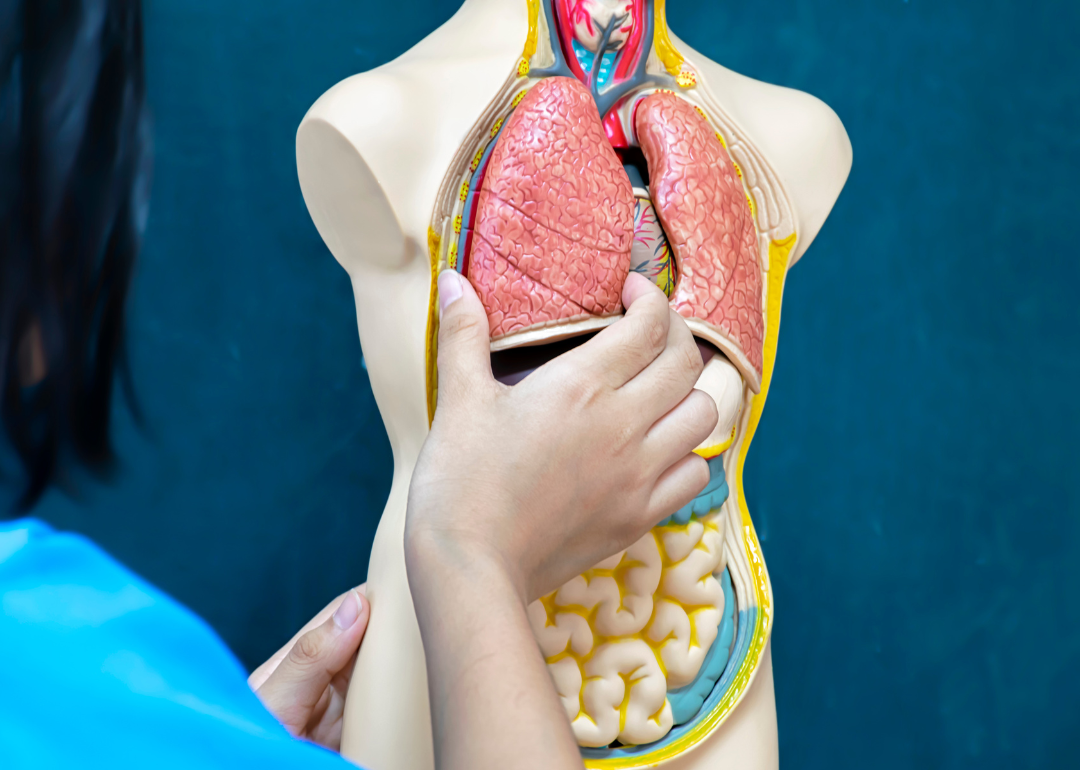
Your lungs help you take 12 to 20 breaths per minute.
Twelve to 20 times per minute, the lungs take inhaled air, cleanse it of carbon dioxide, and release it into the rest of the body. Through this process, oxygen travels to the heart, from where it is then distributed to all other organs. Lungs can be strengthened through regular exercise.
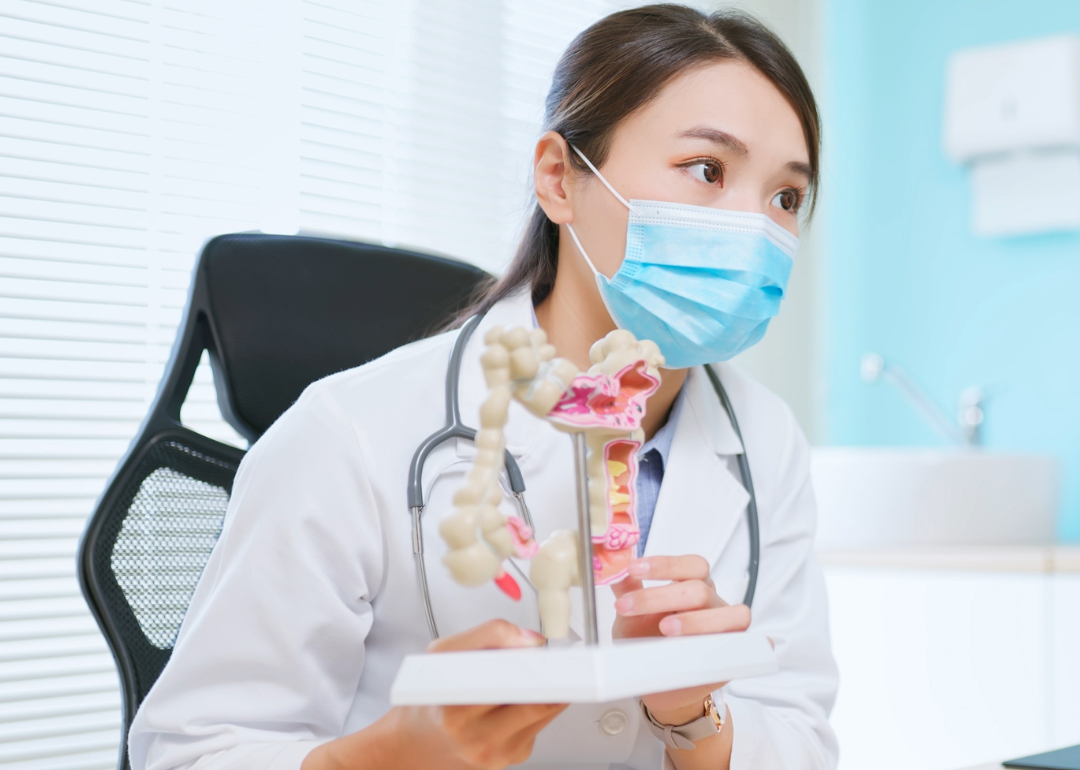
The large intestine stretches to six feet long.
The large intestine is the last stop for food being digested along the gastrointestinal system. After being processed in the small intestine, food enters the large intestine, where it is solidified into waste and stored until it is excreted. The large intestine—also known as the colon—carries this out by dehydrating liquified food and breaking it down via internal bacteria. When unraveled, this organ stretches to six feet long.
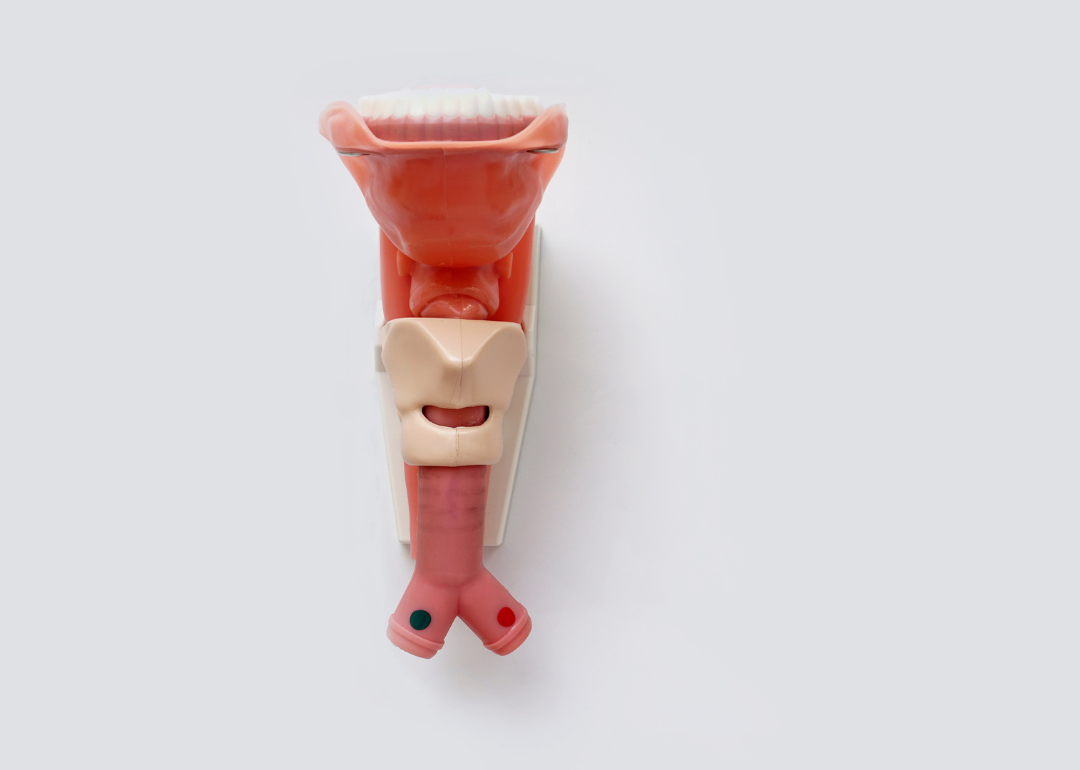
The larger your larynx, the deeper your voice.
Also known as a voice box, the larynx contains the vocal cords. Its primary function is to create sounds to form speech, but it also aids in breathing and catching food and other substances from getting caught in the lungs. Generally, the larger a larynx is, the deeper the person's voice will be.
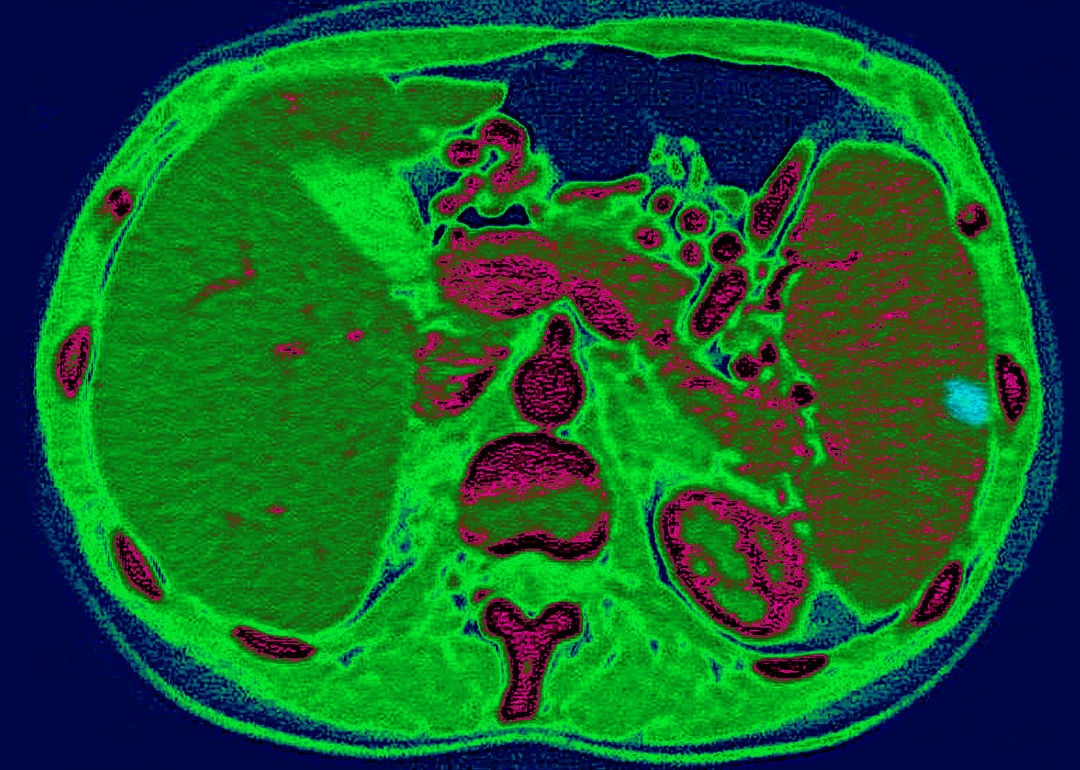
Your spleen is particularly susceptible to injury.
Roughly the size of an avocado in adults, your spleen rests within the left rib cage above the stomach and is part of the lymphatic system. This organ performs a variety of functions that keep the body healthy, including storing and filtering blood; producing white blood cells and antibodies; and maintaining internal fluid levels. The spleen is particularly susceptible to injury and disorders, and some individuals may have to have the organ removed via a splenectomy.

The mesentery holds your intestines in place.
The mesentery is a series of tissues that secure the intestines to the walls of the abdomen. Though previously thought to be separate organs, researchers recently redefined it as a single organ. Besides preventing the intestines from collapsing into the pelvic region, the mesentery also stores lymph nodes and produces proteins. When inflamed, this organ could be affected by Crohn's Disease, in which individuals can suffer diarrhea as well as difficulties absorbing the nutrients from food.

Your esophagus is key to transporting food into your digestive system.
You might mistake this organ for the trachea, which looks and is situated similarly. However, while the trachea operates within the respiratory system, the esophagus plays a function within the digestive system. Its main role is to move food and liquids down the throat and to the stomach. It does this through a series of muscular contractions: after you swallow, food moves to the throat, and the esophagus begins to push it downwards, while other muscles close to prevent it from traveling up the nose or towards the windpipe.
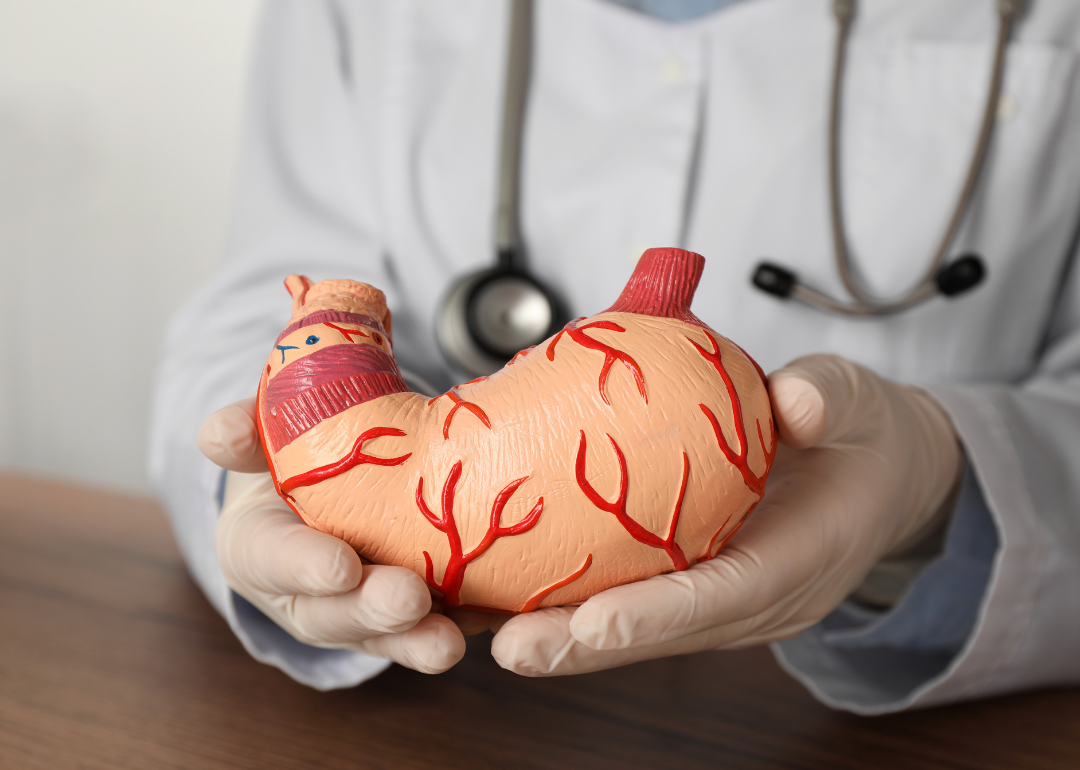
Your stomach is shaped like a J.
The stomach sits along the gastrointestinal tract and connects to the small intestine. The J-shaped organ plays a key role in digestion by storing and breaking down food. It does this by producing a mixture of enzymes and acids that mix and disintegrate food. The stomach then holds this mixture until it is ready to move on to the small intestine.
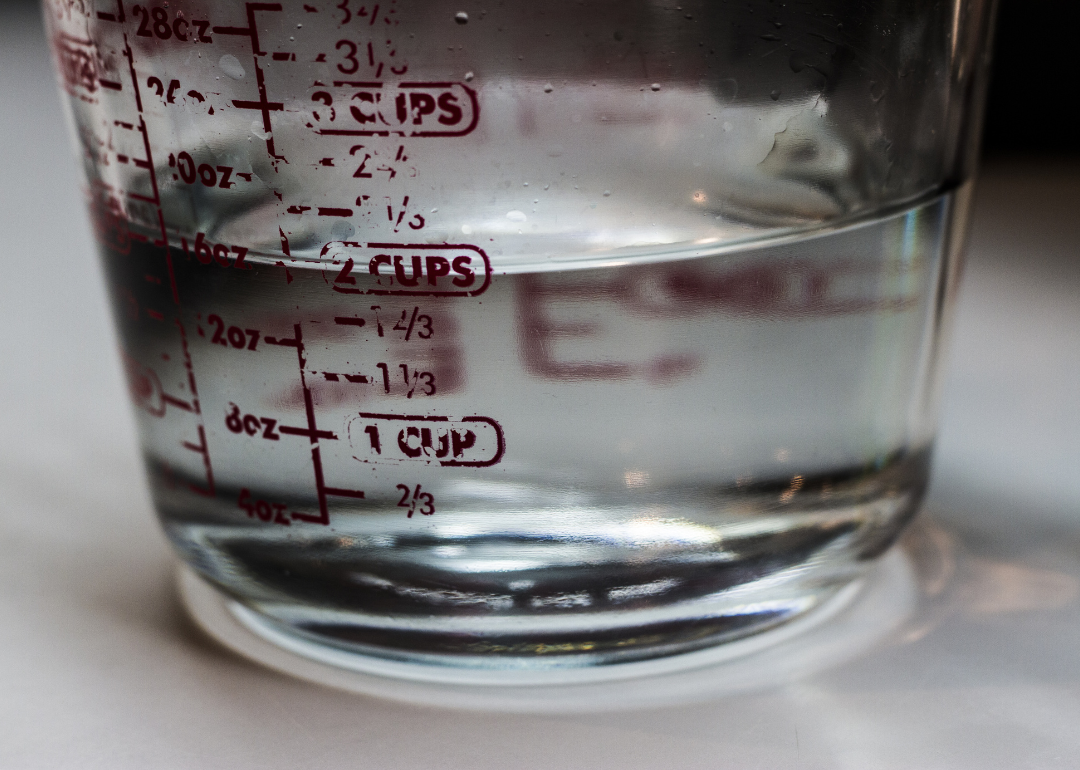
Your bladder can hold around two cups of liquid before emptying.
The bladder makes up one-fourth of the urinary tract. This organ first receives urine from the kidneys. Once the bladder is full, a person will feel an urge to urinate, at which time the bladder helps expel the liquids by contracting and pushing urine into the urethra. This organ is balloon-shaped and can store around two cups of liquid before emptying.
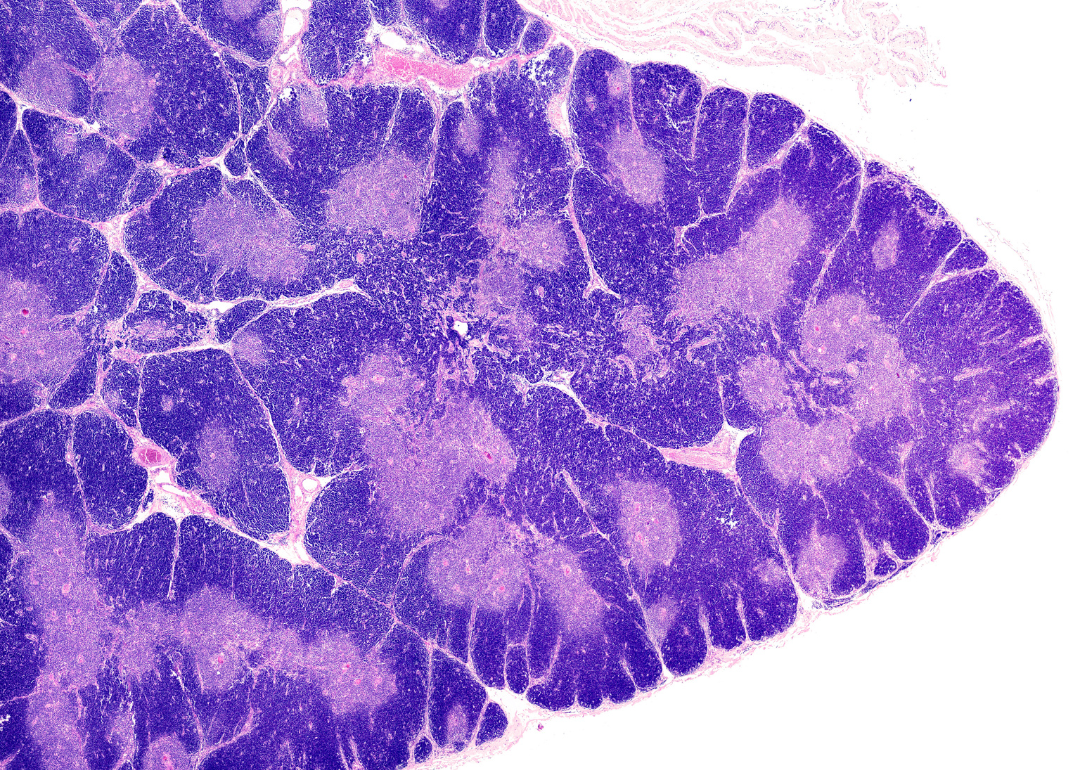
Your thymus starts decreasing in size post-puberty.
The thymus is part of the lymphatic system and is a gland that is most active during childhood. It starts working even while you're still in utero, and starts slowing its work and decreasing in size post-puberty. Its main function is to process and specialize T-cells, which are a type of white blood cell. After T-cells are passed from the bone marrow to the thymus, they mature there before entering the blood and playing a central role in the body's immune system. The thymus also creates and releases many hormones, all of which support the immune system.

Your kidneys filter a bathtub's worth of fluid daily.
The kidneys are a central part of the urinary system, receiving and filtering around 200 quarts—or a large bathtub's worth—of fluid daily. After you swallow liquids, the kidneys extract waste from them and turn them into urine, passing them on to the bladder to eventually be expelled. The kidneys also play a role in balancing the body's levels of water and electrolytes.
Kidneys are commonly donated between individuals. People in high-impact accidents, or who have diabetes or high blood pressure, are at risk of losing one.

Your tongue is one of the most visible parts of the digestive system.
The tongue is mostly made up of muscles and is one of the most visible parts of the digestive system. It plays an essential part in allowing a person to chew, speak, and breathe. It does this by moving food around the mouth, working with the larynx to form vocal sounds, and keeping the airways of the lungs accessible. The tongue is also covered in taste buds, which are nerve cells that transmit the five basic taste sensations to our brain: sweet, salty, bitter, sour, and savory.

Your skin is your body's largest organ.
The skin is the body's first defense against bacteria, injury, and temperature fluctuations. It's the body's largest organ and has three layers. The outer layer, the epidermis, works as a protective barrier and continually produces new skin cells throughout the day. The middle layer, the dermis, grows hair, allows you to feel touch and temperature, and produces sweat. Finally, the bottom layer, the hypodermis, provides a fatty cushion for organs and regulates body temperature. Along with our hair, nails, and oil and sweat glands, our skin makes up the integumentary system.
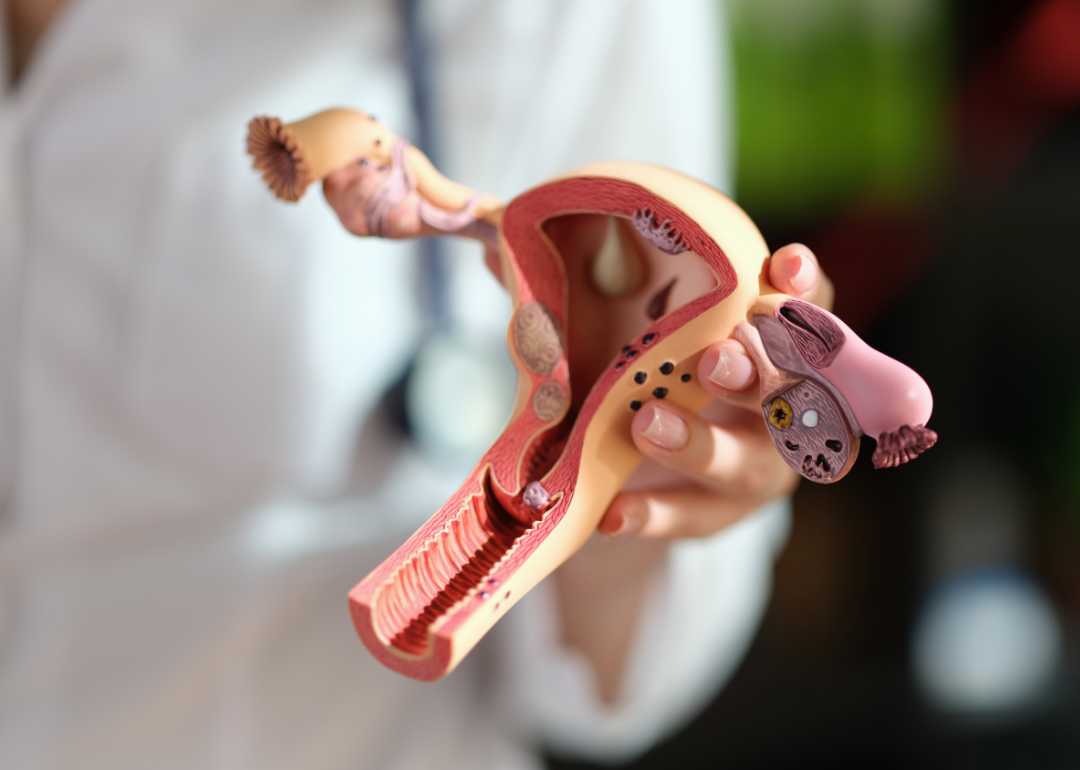
The fallopian tubes transport eggs through the reproductive system.
The fallopian tubes act as pathways connecting the ovaries to the uterus. After eggs leave the ovaries each month during ovulation, they sit in the fallopian tubes, where they are fertilized if sperm makes its way into the reproductive system. Once fertilized, the embryo travels through the fallopian tubes to reach the uterus, where it will implant and remain for the rest of the pregnancy.

Your throat is made up of muscle.
The throat connects the mouth and nose to the lungs and is comprised of the pharynx and larynx. It's shaped like a tube and is made up of muscle. When air, food, or liquids enter the mouth or nose, they travel immediately to the throat, which then sends them on to either the lungs or the esophagus. Besides eating, drinking, and breathing, the throat also helps the larynx produce speech sounds.
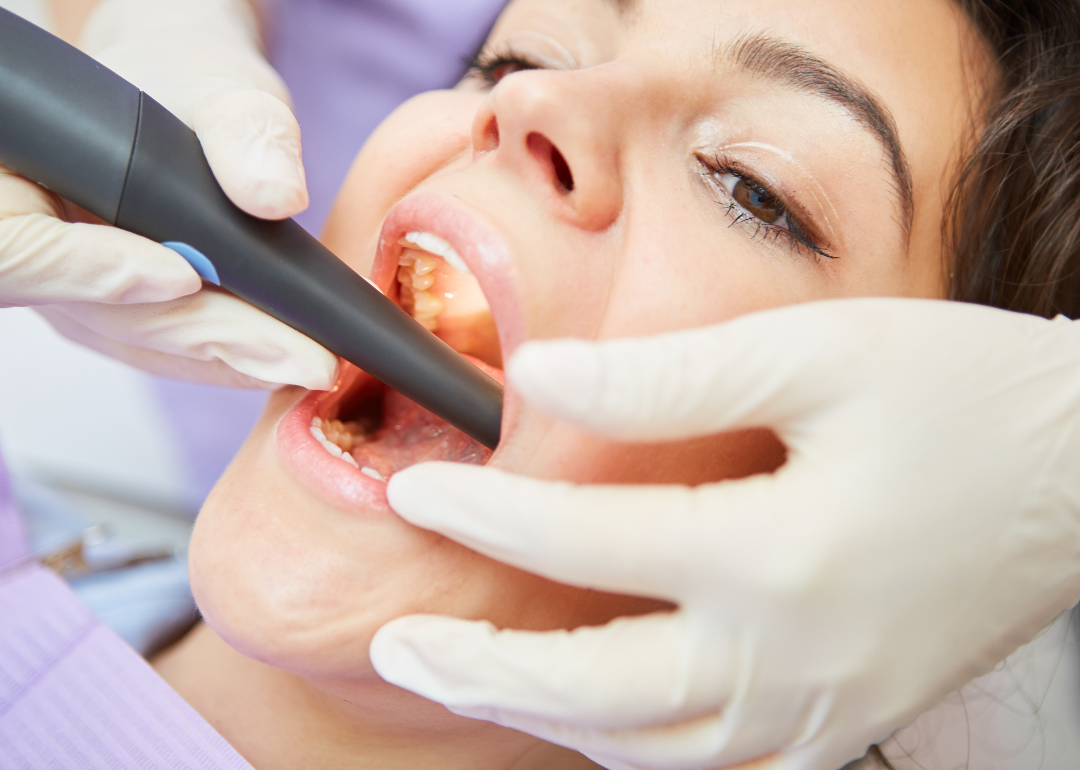
Your tonsils kill bacteria in your mouth.
If you open your mouth wide enough, you'll be able to see your tonsils, which sit in a pair at the back of the throat. It is part of the immune system. When bacteria enter the body through the nose or mouth, they are filtered out by the tonsils, which act as a barrier and repel infection. Tonsils contain many white blood cells that help them kill germs. If the tonsils become infected and are removed via a tonsillectomy, the body will still be able to find other ways to fight off infection and germs.
Data reporting by Emma Rubin. Story editing by Brian Budzynski. Copy editing by Robert Wickwire. Photo selection by Abigail Renaud.



